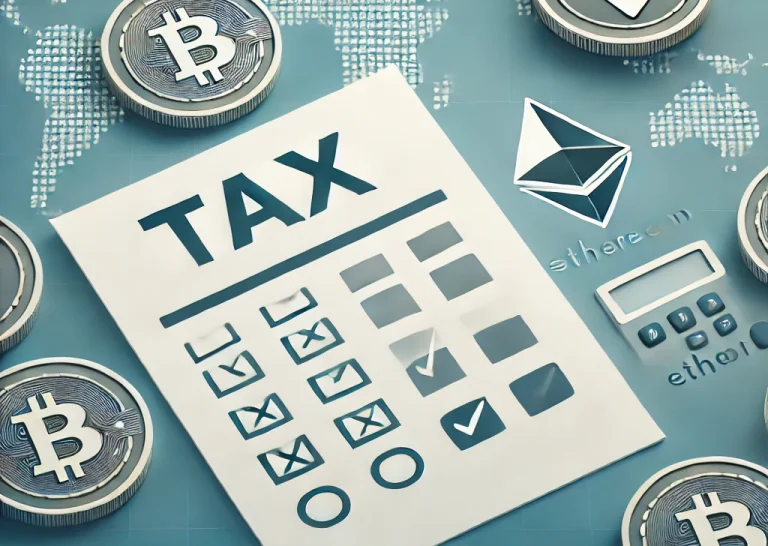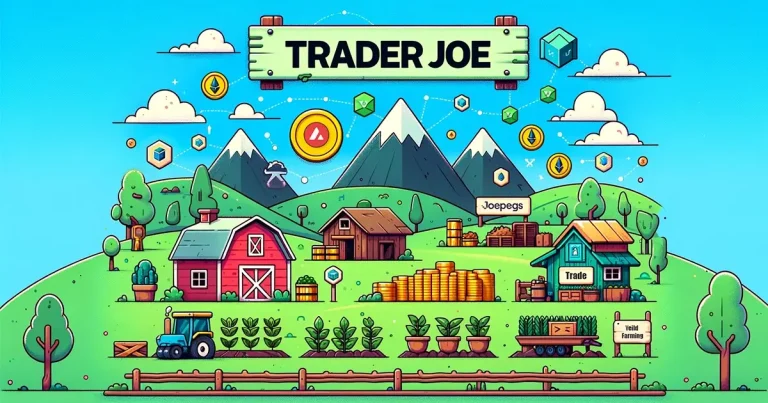Cryptocurrencies have revolutionized the financial world, offering decentralized alternatives to traditional currencies and opening new doors for investors, tech enthusiasts, and businesses. However, many people still wonder, “How does crypto work?” In this article, we will break down the fundamentals of cryptocurrency and explain the workings of some of the most popular digital currencies, including Bitcoin, Ethereum, Solana, and Binance Coin.
What Is Cryptocurrency?
At its core, cryptocurrency is a digital or virtual form of money that relies on cryptography to secure transactions and control the creation of new units. Unlike traditional currencies issued by governments and central banks, cryptocurrencies operate on decentralized networks based on blockchain technology. These networks enable users to conduct transactions directly with each other, without needing intermediaries like banks.
How Does Cryptocurrency Work?
Cryptocurrencies use blockchain technology to function. A blockchain is a decentralized ledger that records all transactions across a network of computers. Each block contains a list of recent transactions and is linked to the previous one, forming a chain of blocks (hence, “blockchain”).
The blockchain operates on a peer-to-peer network, meaning no central authority oversees the system. Instead, network participants (called nodes) validate and record transactions through a consensus mechanism, ensuring the system remains secure and transparent.
Key components of how crypto works:
- Decentralization: There is no central authority controlling the currency.
- Cryptography: Transactions are encrypted, ensuring privacy and security.
- Blockchain: All transactions are recorded in a distributed public ledger.
- Consensus Mechanisms: These include Proof of Work (PoW) and Proof of Stake (PoS), used to validate transactions.
Bitcoin: The Pioneer of Cryptocurrencies
Bitcoin (BTC) is the first and most well-known cryptocurrency, created by an anonymous person or group known as Satoshi Nakamoto in 2009. Bitcoin introduced the concept of a decentralized digital currency, and its influence continues to shape the cryptocurrency landscape today.
How Bitcoin Works
Bitcoin operates on a Proof of Work (PoW) system, where miners use powerful computers to solve complex mathematical puzzles that validate transactions. Once verified, these transactions are added to the blockchain, and the miner is rewarded with new bitcoins. This process ensures that the network remains secure and transparent, without needing a central authority to oversee it.
Key Features of Bitcoin:
- Limited Supply: There will only ever be 21 million bitcoins, making it a deflationary currency.
- Security: Bitcoin uses advanced cryptographic techniques to protect the integrity of transactions.
- Decentralized: No government or institution controls Bitcoin, which makes it resistant to censorship or interference.
Ethereum: The Smart Contract Platform
Ethereum (ETH) was created by Vitalik Buterin in 2015 as a blockchain platform that goes beyond just a digital currency. While Ethereum also operates as a cryptocurrency, its primary purpose is to function as a platform for decentralized applications (dApps) and smart contracts.
How Ethereum Works
Ethereum operates on a Proof of Stake (PoS) mechanism, transitioning from Proof of Work in 2022 with the Ethereum 2.0 upgrade. Instead of miners, Ethereum relies on validators who “stake” a certain amount of ETH to participate in the network’s validation process.
Smart contracts are a key feature of Ethereum. These self-executing contracts automatically enforce the terms of an agreement when specific conditions are met, without needing a middleman like a lawyer or bank. This feature has made Ethereum the foundation of the decentralized finance (DeFi) and non-fungible token (NFT) sectors.
Key Features of Ethereum:
- Smart Contracts: Code that automatically executes terms of agreements, enabling decentralized applications.
- DeFi and NFTs: Ethereum has fueled the rise of decentralized finance and the NFT marketplace.
- Upgradeable: Ethereum continues to evolve, with major upgrades like Ethereum 2.0 improving scalability and sustainability.
Solana: A High-Speed Blockchain
Solana (SOL) is a relatively new player in the cryptocurrency space, created in 2020 by Anatoly Yakovenko. Solana’s primary focus is on scalability and speed, making it one of the fastest blockchain platforms available.
How Solana Works
Solana uses a unique consensus mechanism known as Proof of History (PoH), which is paired with Proof of Stake (PoS) to increase the speed and efficiency of the network. PoH creates a historical record that proves when a transaction occurred, allowing for faster validation without sacrificing security.
Solana can process thousands of transactions per second (TPS), which makes it a popular choice for decentralized applications, particularly in gaming and high-frequency trading.
Key Features of Solana:
- High Scalability: Solana can handle up to 65,000 TPS, making it one of the fastest blockchains in the industry.
- Low Fees: Transactions on Solana are extremely cheap compared to other networks.
- Growing Ecosystem: Solana is rapidly gaining traction in DeFi, NFTs, and Web3 applications.
Binance Coin (BNB): Powering the Binance Ecosystem
Binance Coin (BNB) was initially launched as a utility token for the Binance exchange in 2017. Over time, BNB has evolved into more than just an exchange token and now powers the Binance Smart Chain (BSC), a blockchain platform that competes with Ethereum by offering lower transaction fees and faster speeds.
How Binance Coin Works
Binance Coin plays a vital role in the Binance ecosystem. Users can pay for trading fees on the Binance exchange with BNB at a discounted rate. Moreover, Binance Coin is used to power decentralized applications on Binance Smart Chain, which has gained popularity due to its low fees and fast transactions.
Key Features of Binance Coin:
- Utility Token: Initially created to reduce fees on Binance, BNB is now used for many other purposes, including DeFi and NFTs.
- Binance Smart Chain: BNB powers BSC, which offers an alternative to Ethereum with faster transaction speeds and lower costs.
- Token Burn: Binance conducts regular token burns, permanently removing BNB from circulation, which helps increase its value over time.
Conclusion: The Future of Crypto
Cryptocurrencies like Bitcoin, Ethereum, Solana, and Binance Coin are just a few examples of how the digital economy is evolving. Each one has its unique attributes, use cases, and innovations that continue to drive adoption.
Bitcoin remains the digital gold of the cryptocurrency world, serving as a store of value and a decentralized form of money. Ethereum has built a foundation for decentralized applications and smart contracts, while Solana and Binance Coin offer faster, cheaper alternatives for decentralized finance and other blockchain-based services.
As blockchain technology continues to evolve, we can expect these cryptocurrencies and many others to play an even larger role in reshaping the global financial landscape.







